

Photos © 2011 by A. Roy Hilbinger
A potpourri of photography and words about Nature, social issues, and anything else that crosses my path during the day.



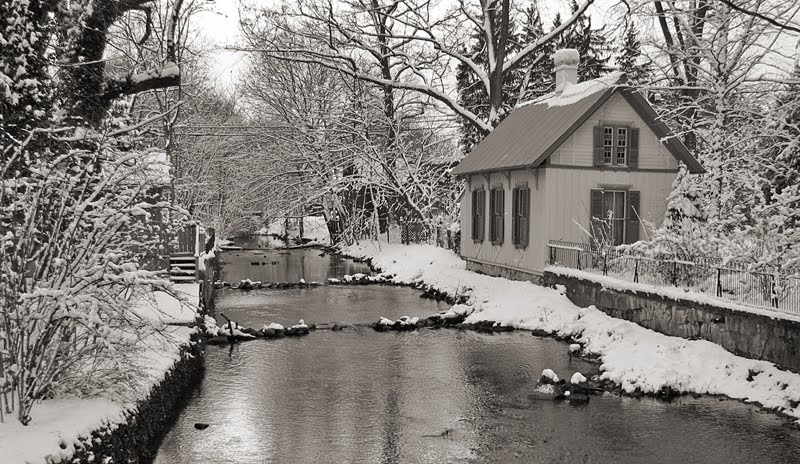


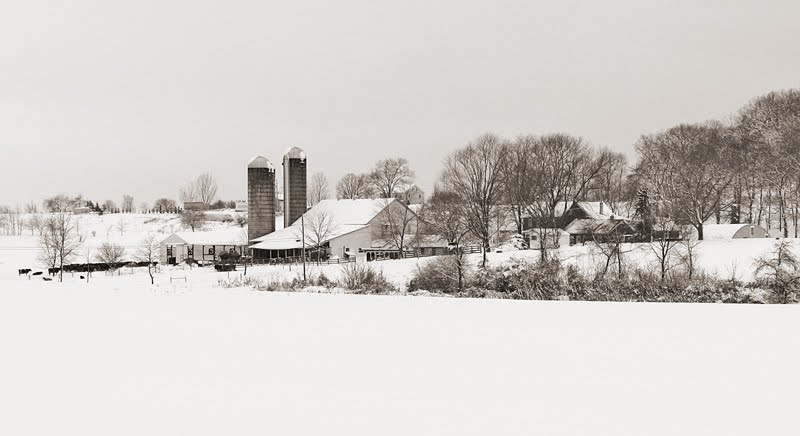


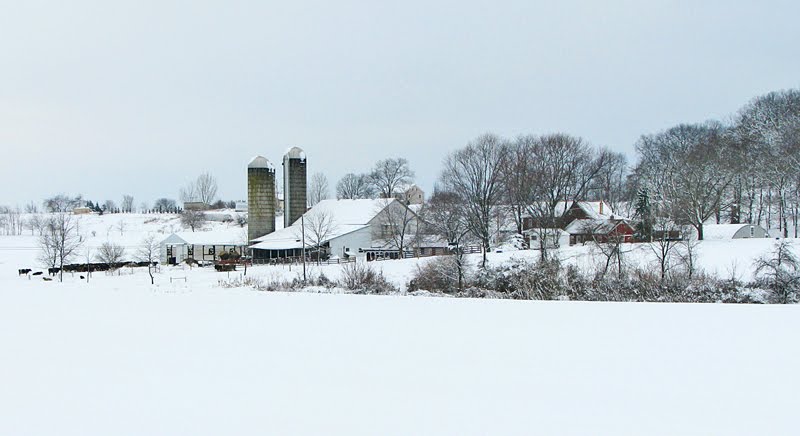


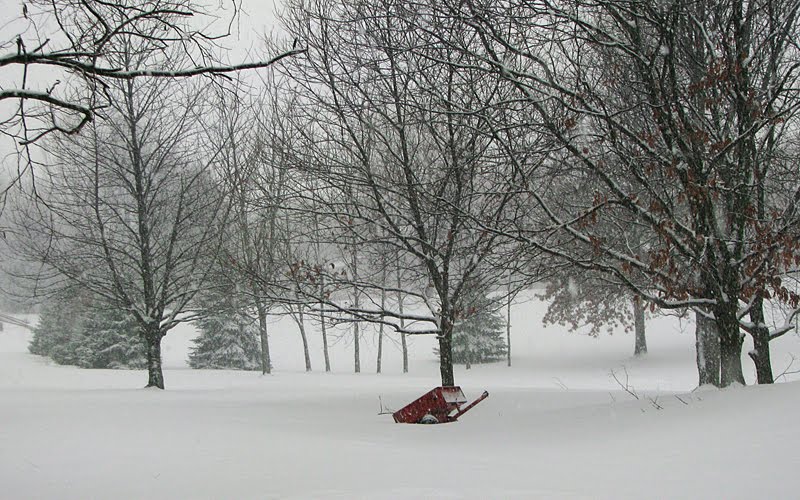

 Laughing Buddha, hand-carved Sandalwood
Laughing Buddha, hand-carved Sandalwood One of the news items concerns Franklin Graham (left), son of Billy Graham and heir to his monumental evangelism franchise. In an op-ed piece in the Washington Times on Tuesday, he objected to an invocation being given by a Native American practitioner of his native religion, one Carlos Gonzales, a member of the Pascua Yaqui tribe, at the memorial service for the shooting victims in Tuscon, AZ. Apparently Rev. Graham objects to spiritual expressions outside his own rather narrow viewpoint. He wrote:
One of the news items concerns Franklin Graham (left), son of Billy Graham and heir to his monumental evangelism franchise. In an op-ed piece in the Washington Times on Tuesday, he objected to an invocation being given by a Native American practitioner of his native religion, one Carlos Gonzales, a member of the Pascua Yaqui tribe, at the memorial service for the shooting victims in Tuscon, AZ. Apparently Rev. Graham objects to spiritual expressions outside his own rather narrow viewpoint. He wrote:Mr. Gonzales blessed the "eastern door, from where we get visions and guidance," the "southern door, where we get the energies of the family," the "western door, where we honor the sacred ways and sacred ancestors," and the "northern door, where we receive challenges and the strength to meet those challenges." Rather than calling on the God of heaven who made us and created this universe, which He holds in the palm of His hand, the university professor called out to "Father Sky, where we get our masculine energy" and "Mother Earth, where we get our feminine energy."
Gee! Well guess what, Mr. Graham? There are a lot of people in this world who aren't members of your church; some belong to religions quite a bit older than your own, and more than a few of them live out there in the Great American West among the tribes of Native Americans. Are you trying to say that they aren't allowed to express their own grief at these events and call on the healing powers of their own Deities, and only your version of God is allowed to be invoked? Oh but wait, it gets worse:
How sad. Father Sky and Mother Earth can do nothing to comfort Capt. Mark Kelly, who had been at the bedside of his wife, Rep. Giffords, wondering if she'd ever leave her bed. Or Mavy Stoddard, who was only alive because her husband sacrificed his life by shielding her with his body. Or the family, classmates, teammates and friends of little Christina, whose life was snuffed out before she could play another season of Little League.
How do you know, Mr. Graham? Have you ever been to a Diné (Navajo) Beautyway ceremony? I have, and I've seen people, myself included, come away comforted and healed. You don't live in Tuscon; you weren't even out there for the memorial service. How dare you criticize Tusconians for choosing to seek comfort and healing in their own way rather than in your way? It isn't any of your business!
 Another bit of bigotry to make the news involves the newly-elected governor of Alabama, Robert Bentley (right). He used a celebration of Martin Luther King Day at King's own church, Dexter Avenue King Memorial Baptist Church in Montgomery, to spew bigotry. In effect, he sullied the celebration by uttering ideas contradictory to everything Dr. King ever taught. From the pulpit of the church Gov. Bentley said:
Another bit of bigotry to make the news involves the newly-elected governor of Alabama, Robert Bentley (right). He used a celebration of Martin Luther King Day at King's own church, Dexter Avenue King Memorial Baptist Church in Montgomery, to spew bigotry. In effect, he sullied the celebration by uttering ideas contradictory to everything Dr. King ever taught. From the pulpit of the church Gov. Bentley said:There may be some people here today who do not have living within them the Holy Spirit, But if you have been adopted in God's family like I have, and like you have if you're a Christian and if you're saved, and the Holy Spirit lives within you just like the Holy Spirit lives within me, then you know what that makes? It makes you and me brothers. And it makes you and me brother and sister.
Now I will have to say that, if we don't have the same daddy, we're not brothers and sisters. So anybody here today who has not accepted Jesus Christ as their savior, I'm telling you, you're not my brother and you're not my sister, and I want to be your brother.
In other words, if you want Gov. Bentley to consider you his brother or sister, you have to convert to his particularly narrow and bigoted brand of Christianity. No thanks, Bob! As far as I can see, my family is much better off without you in it.
As I said at the beginning, there are more items like this out there. It's a sad fact that the loudest voices in Christianity today seem to be the voices of bigotry and negativity, of hatred and condemnation. This is in strong contrast to the stories in the Gospels of the man who turned the tables on the self-righteous ones who brought the woman caught in adultery to him, when he challenged them and ended up embarrassing them and sending her gently on her way. The man who ate with tax collectors and prostitutes and drunks. The man who taught love. Somehow his teachings don't seem to have very much in common with the words of Franklin Graham and Robert Bentley, who profess to being his followers.
Postscriptus - As I was writing this essay I learned of the passing of author Reynolds Price and listened to an interview with him on Fresh Air with Terry Gross. Price wrote haunting novels about the New South, but he was also a Biblical scholar of great skill and sensitivity. I highly recommend his Three Gospels, which include his own translation from the Greek of the Gospels of Mark and John. As someone who reads Greek and has done Biblical translation and exegesis, I thoroughly enjoyed his approach to both Gospels; they were both written by non-native speakers of Greek (and in the case of the author of Mark, a not very good grasp of the language) and Price matched their writing style in English. It's a fascinating and insightful read on a traditional and potentially stodgy subject; luckily, there was nothing stodgy about Reynolds Price! He'll be missed.
© 2011 by A. Roy Hilbinger

 Maple leaf in the snow, Dykeman Walking Trail
Maple leaf in the snow, Dykeman Walking Trail




 Connor the Bumpus Hound, one of two White Labs (the other's name is Bailey) who live next door and who bark and growl at anyone who so much as sticks a nose out the door while they're out and about. They even do this to people they've been around all their lives, like my brother, sister-in-law, nephew, and niece. Oh, and in case you're not one of the initiated and are scratching your head over "Bumpus Hound"... My family are huge fans of Jean Shepherd's movie A Christmas Story, and the Bumpus Hounds are the pack of dogs belonging to the protagonist's neighbor (Bumpus is the neighbor's surname) who run through the yard and the house and even destroy the turkey on Christmas Day. Connor and Bailey haven't managed that one yet.
Connor the Bumpus Hound, one of two White Labs (the other's name is Bailey) who live next door and who bark and growl at anyone who so much as sticks a nose out the door while they're out and about. They even do this to people they've been around all their lives, like my brother, sister-in-law, nephew, and niece. Oh, and in case you're not one of the initiated and are scratching your head over "Bumpus Hound"... My family are huge fans of Jean Shepherd's movie A Christmas Story, and the Bumpus Hounds are the pack of dogs belonging to the protagonist's neighbor (Bumpus is the neighbor's surname) who run through the yard and the house and even destroy the turkey on Christmas Day. Connor and Bailey haven't managed that one yet.
 The U.S. Constitution is the rock-solid foundation of the government of the United States; it establishes and guides our whole form of governance, from the legislative to the judicial to the administrative. It is, to use a Judeo-Christian reference, the Ten Commandments of the nation. It was written by men dedicated to reason and the Age of Enlightenment (principally James Madison, who himself was a protegé of Thomas Jefferson, probably the prime advocate of Enlightenment thinking, along with Benjamin Franklin, among the founding fathers), and it never mentions God, Jesus Christ, the Church, or the Bible. Never. Not even once. It only actually mentions matters pertaining to religion once, in the First Amendment: "Congress shall make no law respecting an establishment of religion, or prohibiting the free exercise thereof; or abridging the freedom of speech, or of the press; or the right of the people peaceably to assemble, and to petition the Government for a redress of grievances."
The U.S. Constitution is the rock-solid foundation of the government of the United States; it establishes and guides our whole form of governance, from the legislative to the judicial to the administrative. It is, to use a Judeo-Christian reference, the Ten Commandments of the nation. It was written by men dedicated to reason and the Age of Enlightenment (principally James Madison, who himself was a protegé of Thomas Jefferson, probably the prime advocate of Enlightenment thinking, along with Benjamin Franklin, among the founding fathers), and it never mentions God, Jesus Christ, the Church, or the Bible. Never. Not even once. It only actually mentions matters pertaining to religion once, in the First Amendment: "Congress shall make no law respecting an establishment of religion, or prohibiting the free exercise thereof; or abridging the freedom of speech, or of the press; or the right of the people peaceably to assemble, and to petition the Government for a redress of grievances."Madison’s original proposal for a bill of rights provision concerning religion read: “The civil rights of none shall be abridged on account of religious belief or worship, nor shall any national religion be established, nor shall the full and equal rights of conscience be in any manner, or on any pretence, infringed." [1 Annals of Congress 434 (June 8, 1789).]Obviously Madison and the others were intent on keeping the U.S. government out of the business of religion. Note especially this quote from Madison in the Annals of Congress:
The language was altered in the House to read: “Congress shall make no law establishing religion, or to prevent the free exercise thereof, or to infringe the rights of conscience." [The committee appointed to consider Madison’s proposals, and on which Madison served, with Vining as chairman, had rewritten the religion section to read: “No religion shall be established by law, nor shall the equal rights of conscience be infringed.” After some debate during which Madison suggested that the word “national” might be inserted before the word “religion” as “point[ing] the amendment directly to the object it was intended to prevent,” the House adopted a substitute reading: “Congress shall make no laws touching religion, or infringing the rights of conscience.” 1 Annals of Congress 729–31 (August 15, 1789). On August 20, on motion of Fisher Ames, the language of the clause as quoted in the text was adopted. Id. at 766. According to Madison’s biographer, “[t]here can be little doubt that this was written by Madison.” I. Brant, James Madison—Father of the Constitution 1787–1800 at 271 (1950).]
In the Senate, the section adopted read: “Congress shall make no law establishing articles of faith, or a mode of worship, or prohibiting the free exercise of religion, . . ." [This text, taken from the Senate Journal of September 9, 1789, appears in 2 B. Schwartz (ed.), The Bill of Rights: A Documentary History 1153 (1971). It was at this point that the religion clauses were joined with the freedom of expression clauses.]
It was in the conference committee of the two bodies, chaired by Madison, that the present language was written with its some[p.970]what more indefinite “respecting” phraseology. [1 Annals of Congress 913 (September 24, 1789). The Senate concurred the same day. See I. Brant, James Madison—Father of the Constitution 1787–1800, 271–72 (1950).]
Debate in Congress lends little assistance in interpreting the religion clauses; Madison’s position, as well as that of Jefferson who influenced him, is fairly clear... [During House debate, Madison told his fellow Members that “he apprehended the meaning of the words to be, that Congress should not establish a religion, and enforce the legal observation of it by law, nor compel men to worship God in any Manner contrary to their conscience.” 1 Annals of Congress 730 (August 15, 1789). That his conception of “establishment” was quite broad is revealed in his veto as President in 1811 of a bill which in granting land reserved a parcel for a Baptist Church in Salem, Mississippi; the action, explained President Madison, “comprises a principle and precedent for the appropriation of funds of the United States for the use and support of religious societies, contrary to the article of the Constitution which declares that ‘Congress shall make no law respecting a religious establishment.”’ 8 The Writings of James Madison (G. Hunt. ed.) 132–33 (1904). Madison’s views were no doubt influenced by the fight in the Virginia legislature in 1784–1785 in which he successfully led the opposition to a tax to support teachers of religion in Virginia and in the course of which he drafted his “Memorial and Remonstrance against Religious Assessments” setting forth his thoughts. Id. at 183–91; I. Brant, James Madison—The Nationalist 1780–1787, 343–55 (1948). Acting on the momentum of this effort, Madison secured passage of Jefferson’s “Bill for Religious Liberty”. Id. at 354; D. Malone, Jefferson the Virginian 274–280 (1948). The theme of the writings of both was that it was wrong to offer public support of any religion in particular or of religion in general.]
During House debate, Madison told his fellow Members that “he apprehended the meaning of the words to be, that Congress should not establish a religion, and enforce the legal observation of it by law, nor compel men to worship God in any Manner contrary to their conscience.” 1 Annals of Congress 730 (August 15, 1789).This is a clear declaration of a hands-off policy toward religion by the government, expressed by the architects of the document which is the foundation of that government.
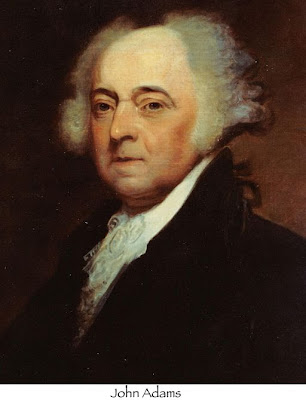 There have been many acts by the government which have highlighted the thinking of these founding fathers, a philosophy that has come to be known as the "separation of Church and State", but perhaps one of the clearest actions on that philosophy came early in the history of the U.S. government with the 1797 treaty with Tripoli in the Barbary States of north Africa.
There have been many acts by the government which have highlighted the thinking of these founding fathers, a philosophy that has come to be known as the "separation of Church and State", but perhaps one of the clearest actions on that philosophy came early in the history of the U.S. government with the 1797 treaty with Tripoli in the Barbary States of north Africa.As the Government of the United States of America is not, in any sense, founded on the Christian religion; as it has in itself no character of enmity against the laws, religion, or tranquility, of Mussulmen; and, as the said States never entered into any war, or act of hostility against any Mahometan nation, it is declared by the parties, that no pretext arising from religious opinions, shall ever produce an interruption of the harmony existing between the two countries.There it is, right out in the open in black and white on an official document of the U.S. government: "...the Government of the United States of America is not, in any sense, founded on the Christian religion..." In 1796, only seven years after the ratification of the Constitution. You can't get any clearer than that.
